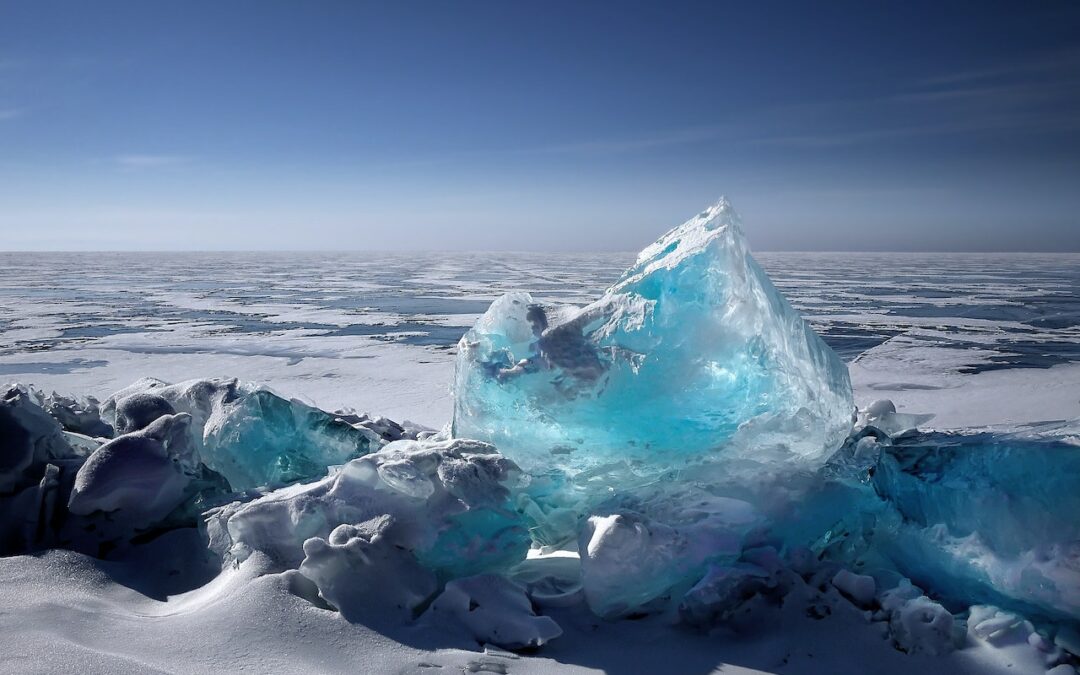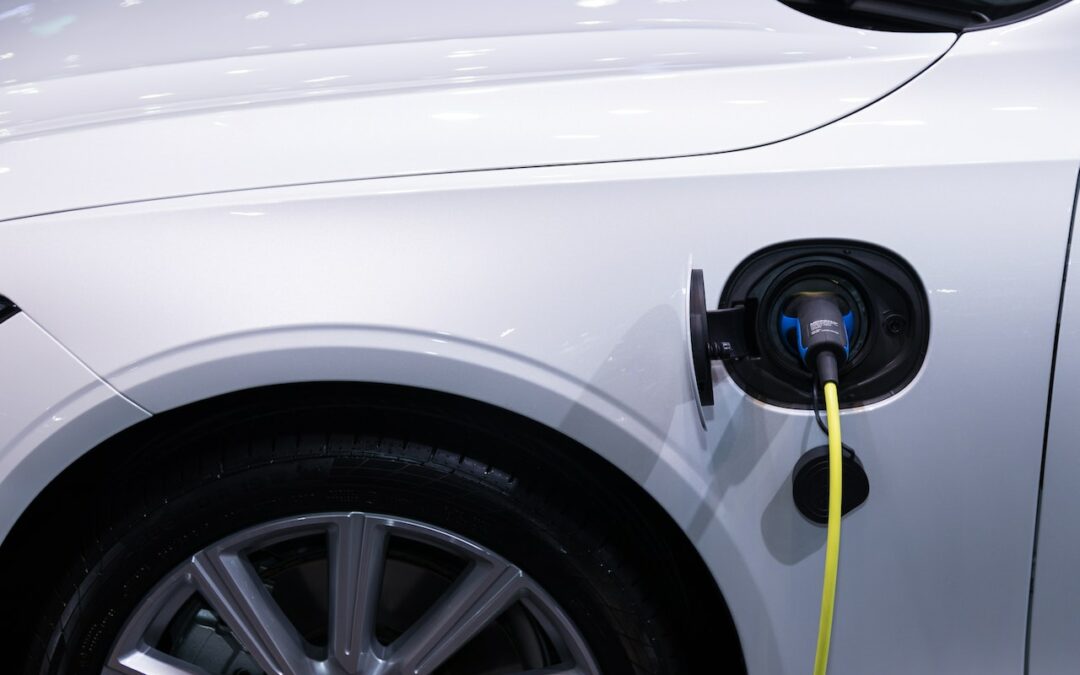
by Komoneed | Nov 20, 2024
Investing in Resilience: Blue Carbon Ecosystems, Communities, and Finance for the Indo-Pacific
Teaser Text
USAID’s “Investing in Resilience” report brings together the evidence and analyses that can help guide USAID Mission staff, partners, host country governments, and communities to advance blue carbon initiatives in the Indo-Pacific region.
jschoshinski
Tue, 11/12/2024 – 21:43
Publication Date
11/12/2024
Sectors
Natural Climate Solutions
Climate Finance
Country
Fiji
Kiribati
Republic of the Marshall Islands
Federated States of Micronesia
Nauru
Papua New Guinea
Philippines
Solomon Islands
Tonga
Tuvalu
Vanuatu
Micronesia
Region
Asia
Hide Sidebar
Off

by Komoneed | Nov 20, 2024
This post was originally published on UNDPUNDP commissions semen processing center to combat climate change impacts on communal farmers admin Mon, 11/11/2024 – 04:44 The United Nations Development Programme (UNDP), in partnership with Green Climate Fund and the...

by Komoneed | Nov 20, 2024
Decisions that go into designing a new data centre will stay in place for many years to come. For instance, the cooling solutions often determine how the facility will consume vital resources such as water and energy. Equinix is committed to using water responsibly, which means we include several considerations about the local water context as we design our data centres.
Last year, we were designing a new data centre in an area where the public had concerns about water stress. The facility was originally intended to use evaporative cooling, which relies on evaporating water to cool the building. The benefit of this approach is that it is substantially more energy efficient than cooling systems that don’t use water.
We conducted an in-depth water stress analysis to gain a more comprehensive understanding of the local water context. This analysis included assessing physical water availability, infrastructure and local resiliency planning to understand how prepared the metro was in case of increased water stress.
Although the metro was well prepared for a drought or other increases in water stress, we decided to switch the building cooling system to use air cooling. Since air cooling consumes substantially less water, we proactively aligned with local concerns about water stress, which reflects our commitment to minimising our impact. However, air cooling also consumes more energy, which is why it isn’t right for every location.
When it comes to balancing the trade-offs between water and energy consumption, getting it right during the design phase is essential, as there are only opportunities for incremental water efficiency improvements after a data centre is operational.
What is water stress?
According to the Pacific Institute, a leading research institute focused on water issues, water scarcity refers only to volumetric availability: the ratio of human water consumption to available water supply in an area. In contrast, water stress is a broader, more inclusive concept. Water scarcity is one aspect of water stress, but it also includes other physical factors, such as water quality and environmental flows, and economic factors such as water accessibility.
Understanding the local water context, including water stress levels, is the foundation of our approach to using water responsibly. In 2023, we codified our commitment to avoid using evaporative cooling in areas with high water stress because using evaporative cooling is by far the largest driver of water consumption in data centres.
How does data centre cooling impact water consumption?
IT equipment running in data centres creates heat, and that heat has to go somewhere. Choosing a cooling solution will determine how a facility consumes water and energy, which are both essential aspects of any data centre operator’s sustainability strategy. However, cooling systems are needed at both the server level and the building level. As servers generate heat, the server-level cooling system moves the heat away from the servers to a heat exchanger, which transfers the heat to the building-level system. The building-level system then rejects the heat from the building.
There are different options for both server-level cooling and building-level cooling:
At the server level, air cooling has long been the standard practice, but liquid cooling is becoming more prevalent to support higher server density for AI and other compute-intensive workloads. One misconception about liquid cooling is that it’s the same as evaporative cooling. However, unlike evaporative cooling, liquid cooling doesn’t necessarily increase water consumption because it uses a small amount of water moving continuously in a closed loop, rather than being evaporated.
At the building level, the two primary methods for rejecting heat from a data centre are air cooling (or dry cooling) and evaporative cooling. Evaporative cooling can reject the same amount of heat as air cooling while consuming significantly less energy. However, it also consumes significantly more water via evaporation.
Data centre designers typically choose between air cooling and evaporative cooling based on the unique climate conditions of each specific location. To determine the most suitable system they’ll consider the local climate (weather), power availability, water stress and other factors. For instance, evaporative cooling can be particularly effective in managing energy usage in areas with power-constrained grids. In contrast, avoiding evaporative cooling in water-stressed areas minimises water consumption, thus ensuring more water remains available for use in the community.
Balancing this trade-off is at the core of our responsible water strategy. In 2023, we use evaporative cooling at only 40% of our data centres globally. We also take advantage of alternative cooling methods where local conditions allow:
Geothermal cooling methods such as aquifer thermal energy storage (ATES) and deep lake water cooling (DLWC) utilise natural cooling provided by the Earth’s thermal mass. They draw cold water from large natural sources to circulate through the building-level cooling system, thus causing the water to absorb heat from the heat exchanger. Rather than rejecting it into the atmosphere via evaporating the water, geothermal cooling returns water to its original source. Therefore, the process doesn’t consume water. Similarly, one of our data centres in Toronto uses a DLWC system that pulls cold water from the depths of Lake Ontario. With this approach, we’ve reduced total energy needs for this data centre by 50%, without increasing water consumption.
Data centre heat export allows a portion of the heat in a data centre to be transferred to a third-party heat network rather than being rejected into the atmosphere. The heat can then be used for heating homes and businesses. This not only avoids unnecessary water consumption in other buildings’ cooling systems, but also provides a low-carbon heat source for communities. Equinix is pursuing heat export in select locations worldwide. In Paris, heat recovered from our PA10 data centre is transferred to the Plaine Saulnier urban development zone, including a swimming pool used at the recent Paris Summer Olympics.
Improving transparency around water consumption
Recognising that many of our stakeholders want to know more about how we use water and how we’re working to use it more responsibly, we’ve taken steps to increase transparency on our water use.
In 2023, for the first time, we disclosed our water metrics via the CDP water security initiative and included water metrics in our annual sustainability report.
In addition to our water optimisation efforts, our operations team is developing and implementing water efficiency best practices and improving our water metering systems at all existing data centres that use evaporative cooling.
Externally, we are collaborating with our peers and industry working groups to develop measurement frameworks and standards to support water reporting efforts. Earlier this year, we joined the California Water Action Collaborative, a network of diverse stakeholders pursuing collective action projects that improve water security in Equinix’s home state.
We’re also co-funding our first offsite nature project in Finland with Neoen, our local renewable energy partner, to restore 50 hectares of high-value peatland and streams. Since offsite projects like this one often provide both water and biodiversity benefits, we’re sponsoring the development of a framework to account for biodiversity benefits along with water benefits from these kinds of projects.
Image credit: iStock.com/PashaIgnatov





